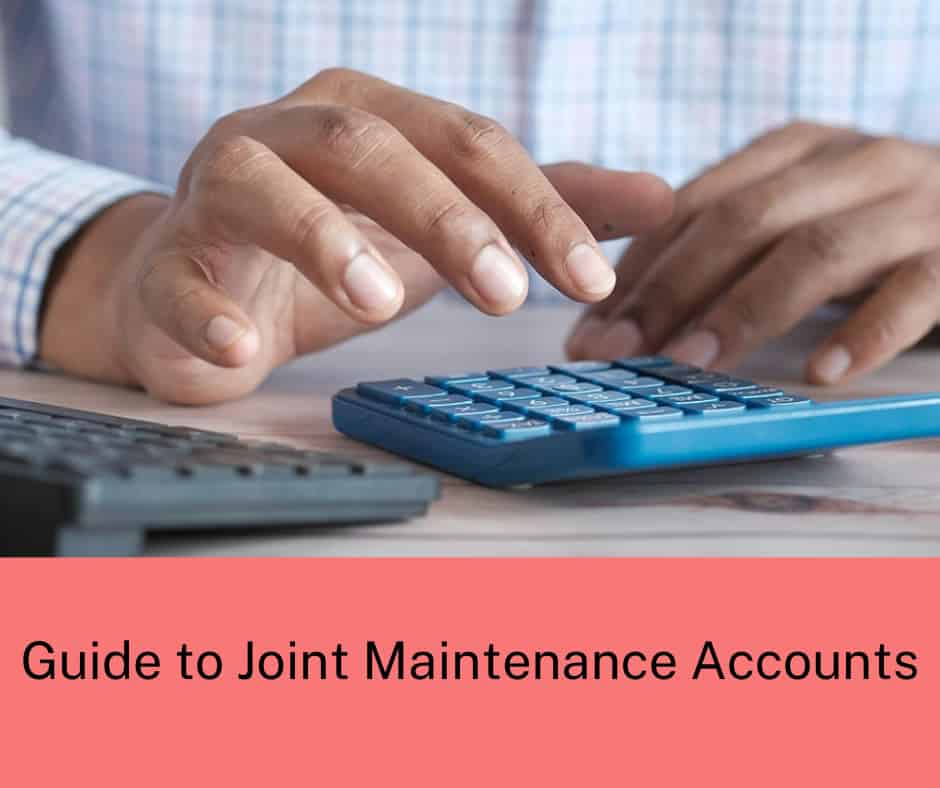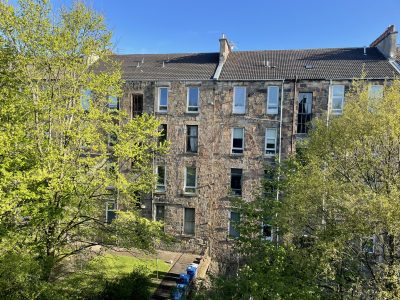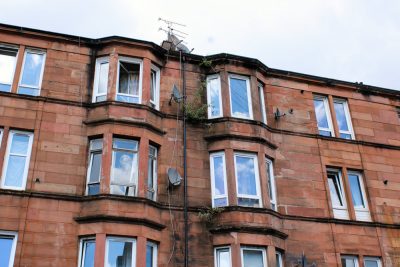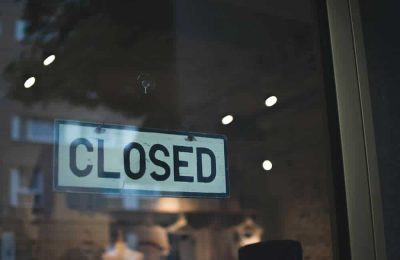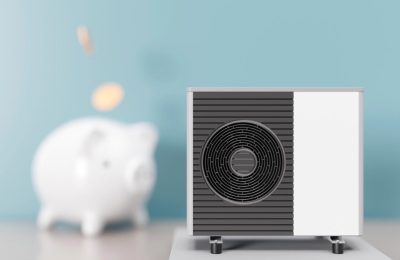A problem which frequently affects flat owners is the issue of organising payments for repairs to common areas of their building. ‘Common’ areas in tenement flats refers to areas used by everyone in the building, such as central stairs, the roof, the close and external walls. Your titles may designate different parts of the building as common, so be sure to check these first before organising any repairs with your co-owners. Once a common repair has been identified, you will need to work with your co-owners to pay for it together.
At Under One Roof, we frequently receive enquiries from homeowners about how best to pay for repairs together, or what to do when attempts to get compensation from fellow owners have failed. Some owners struggle to track down absent owners in their building, making it very difficult to claim their share of the cost.
Some local authorities run Missing Shares schemes, but this is not available in every local authority in Scotland, and the process of applying for it can be complicated.
Other owners make the mistake of arranging and paying for the work themselves, without communicating with other owners, then seeking compensation from them after the work has been completed.
So what’s the solution? At Under One Roof, we recommend forming an owners’ association to manage common maintenance and repairs in your building. Owners’ associations have the ability to set up joint maintenance accounts, making it easy to save and pay together. These accounts can be used to hold money for specific upcoming repairs. In this way, they differ from floats, which are smaller amounts of money kept aside to pay for whatever minor repair issues come up. The Tenements (Scotland) Act 2004 sets out rules for setting up and managing joint maintenance accounts. Under this law, they must be interest-bearing accounts held in a bank or building society.
Most banks will only allow constituted owners’ associations to open these kinds of accounts, and will refer to them as non-profit or community accounts. Banks such as the Royal Bank of Scotland, Bank of Scotland and Virgin Money offer accounts for clubs and societies, which you may find to be the best kind for your joint maintenance account. In order to withdraw funds from a joint maintenance account, two owners’ signatures, or the property manager’s signature, is required.
When a specific repair is planned, and owners are asked to make a contribution in advance to be held in the maintenance account, the owners’ association must write to all the owners to tell them what the repair is, why it is required, and who made the decision to carry out the repair and when.
The letter should also include information on the estimates received for the cost of the work, what each owner’s share will be, and the refund arrangements in case the work does not go ahead. Finally, the owners’ association should communicate a timetable for the work, so that everyone in the building knows how long it is estimated to take.
Since joint maintenance accounts are set up for specific projects, and thus have an end date, a decision must also be made regarding what to do if there is any money left over once the work is finished.
To save and pay together for large-scale repairs, such as reroofing or replacing the lifts in your building, its best to set up a Building Reserve Fund. Such funds can be set up to save for longer-term projects, and you’ll want to write them into everyone’s titles to ensure that new owners are obliged to pay into the fund and departing owners’ funds remain in the fund upon their departure.
